Albatross Facts
- The term of Albatross actually represents the most frequently used common name for any of the members of an entire Family of seabirds. The group does have other general titles by which it’s known, though. These include the terms mollymawk, gony, gooney bird, and snowbird.
- Collectively, this grouping presently contains a total of 22 recognized members. Each of these stands out in various ways, but nevertheless shares certain attributes. Among them ranks the fact that these remarkable avians list as some of the largest winged wonders on earth.
- These marvels of Nature and evolution belong to the Family Diomedeidae. They received this placement due to the efforts of George Robert Gray, who assigned the name. The highly respected English ornithologist undertook his work in this regard in the year 1840.
- Intriguingly, at least from a purely scientific standpoint, even the number of species within the Family itself remains a matter of some heated debate. Placement of avian species within it by various experts range in number from 13 – 24, with 21 being the most common number.
- Presently, however, the IUCN recognizes a total of 22 members of the group. Unfortunately, though, 21 of these works of Nature list at some level of concern with the organization. These different ranks appear on the organizations published Red List of Threatened Species.
- Each of them faces multiple threats to their continued existence as a species, of course. Some remain specific to them, while others they share with their brethren, and all forms of life on earth. These dangers chiefly include the perils of habitat loss and ongoing climate change.
Related Articles
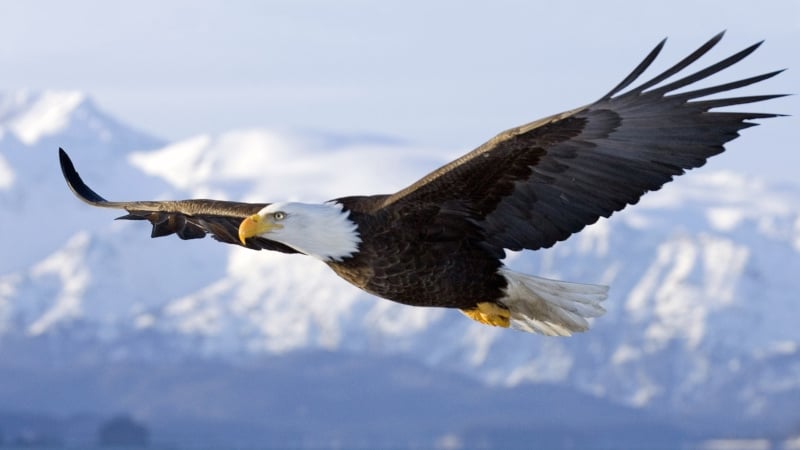
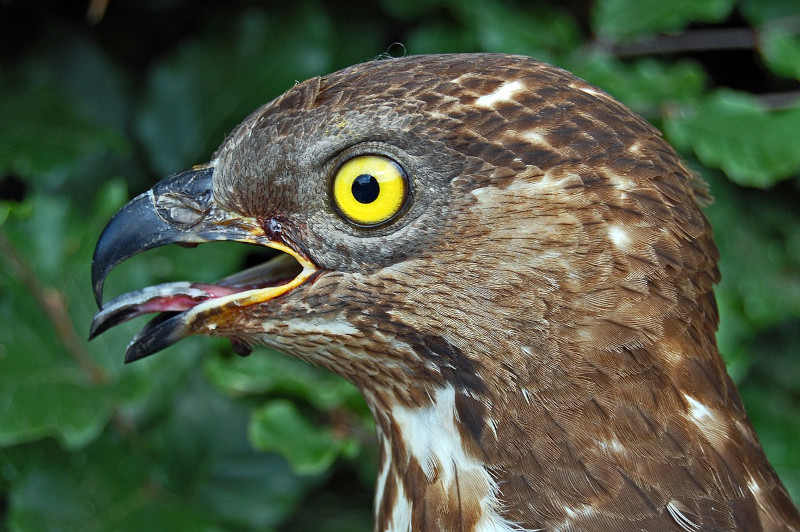
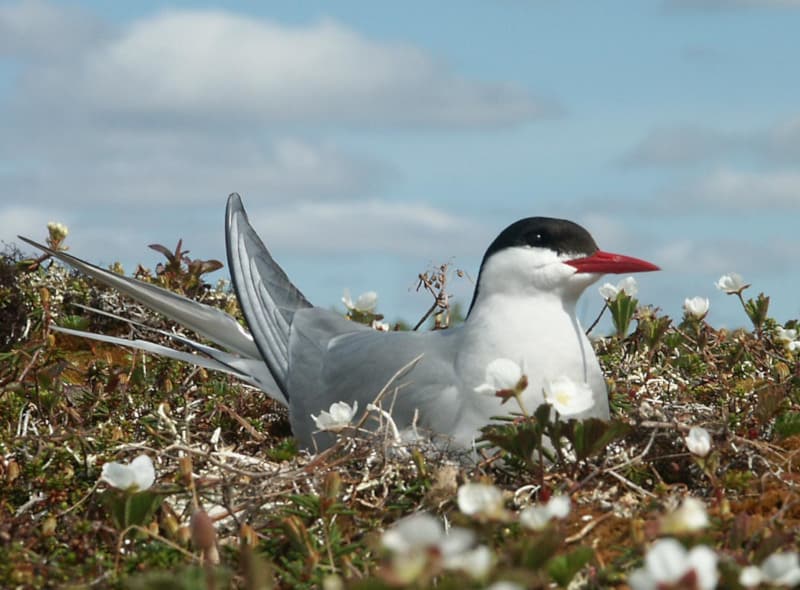
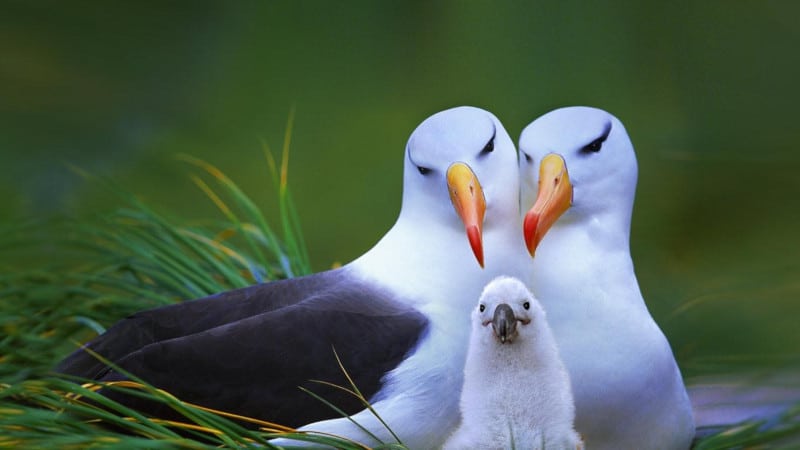
Albatross Physical Description
Regardless of which individual species of Albatross one observes, these marvels of evolution never fails to capture the attention of the viewer. This occurs due to several reasons. Every member of the group varies, to be certain, but they’re all beautiful, as well as impressive, winged wonders.
Each also follows patterns in that respect typical among its numerous kindred around the globe. That’s reflected in the fact that it displays a certain degree of the physiological characteristic of sexual dimorphism. In all instances, though, that trait admittedly remains relatively minor.
This gender-based physical difference mainly occurs in regard to terms of simple size, not any outward coloring. Males of the Family do tend to be slightly larger and heavier than the females, though the difference typically stays minimal and not noticeable without close measurement.
Males of a few of the individual member species do also develop slightly larger bills than their female counterparts, however. Otherwise, though, individuals of both genders present the same basic dimensions. This often makes distinguishing the sexes at a casual glance difficult.
Given the number of different species carrying the name of Albatross, measurements naturally vary, occasionally quite significantly. Accordingly, however, body length generally ranges from roughly 2.2 – 4.5 ft (0.7 – 1.4 m). Weights additionally range from approximately 5.5 – 26 lb (2.5 – 12 kg).
Their stunning wings also evolved as comparatively long and narrow in their structure. This natural design, in fact, ranks as the most impressive feature of these wonders of Nature. Depending on the specific species observed, wingspans actually range from an amazing 6.5 – 11 ft (2 – 3.4 m).
The pattern of colors of these breathtaking avians also serves as a source of endless wonder for many people. This characteristic, too, varies among the member species. The overall pattern, however, mainly consists of a brilliant shade of white, with smaller areas of darker shades in places.
- Kingdom: Animalia
- Phylum: Chordata
- Class: Aves
- Order: Procellariiformes
- Family: Diomedeidae
Albatross Distribution, Habitat, and Ecology
Between the various members of the Albatross Family, these remarkable birds inhabit an extraordinary swathe of the surface of the earth. The nature of that zone of habitat remains specific, though. That’s because the remarkable birds maintain a predominantly circumpolar distribution.
In the Southern Ocean, this territorial range includes around both Antarctica and the subantarctic islands, including South Georgia, the Falkland Islands, and the Kerguelen Islands. The waters around New Zealand also serve as host to several sighted member species of this amazing Family.
Southern Australia qualifies as yet another very important habitat, particularly for species like the aptly-named Shy Albatross. Meanwhile, the coasts of both Chile and Argentina continue to be routinely frequented by several species, including the aptly-named Black-browed Albatross.
The intrepid product of evolution also appears within the Northern Hemisphere, in several differing areas. The coasts of the states of Alaska and California, in the United States, rank as frequently significant habitats for species such as the Laysan Albatross and the Black-footed Albatross.
Several North Pacific islands and the marine waters near Japan and Russia also host several members of this remarkable group of birds. These islands continue to represent extremely crucial breeding sites for the exact same combination of both the Laysan and Black-footed Albatrosses.
Every version of Albatross understandably shares certain evolutionary traits. Among those is the fact that it spends much of its life gliding over the open ocean, far from land. The animal’s extremely well adapted to long-distance flight, and can easily travel thousands of miles in search of food.
The astonishing creature consumes a wide range of prey. This does, however, mainly consist of fish, cephalopods, crustaceans, and zooplankton. It sometimes feeds on carrion, when available. Though it usually feeds near the surface, it’s not opposed to diving to depths of up to 41 ft (12.5 m).
Though the winged wonder spends much of its time far out at sea, when it breeds it does so as a colonial creature. This most commonly occurs on isolated islands. The size of these also varies between the different species in the Family. Most of the recognized species live for up to 50 years.
Species Sharing Its Range
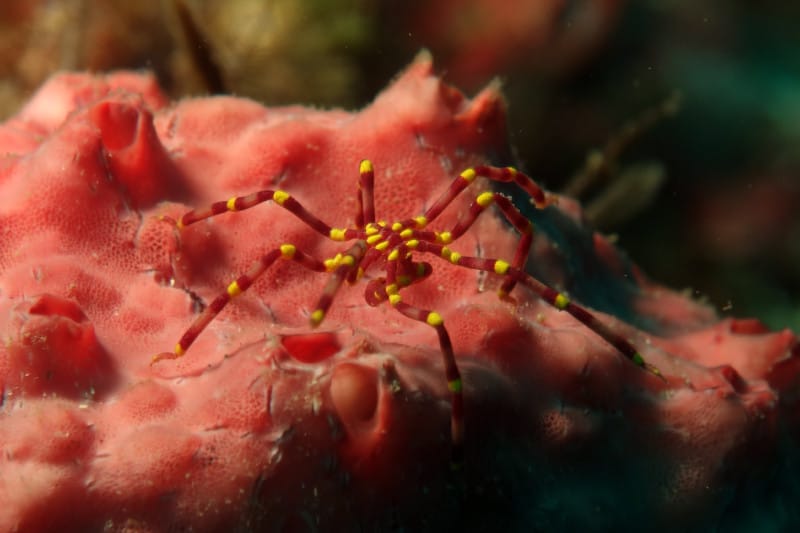
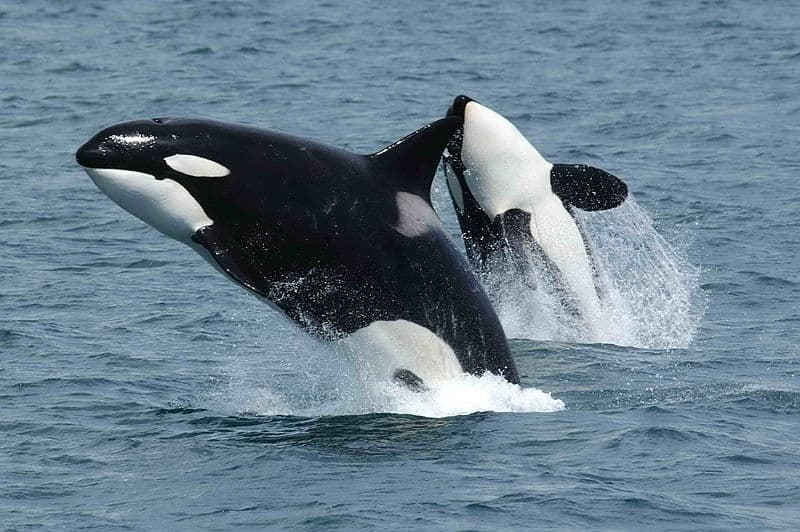
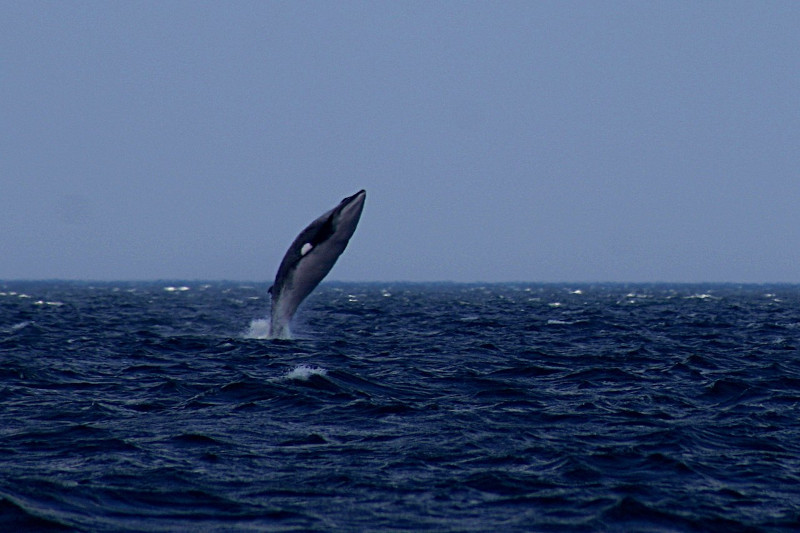
Check out our other articles on 9 of the Weirdest Animals on Earth, Musk Beetle, Reynisfjara Beach, Marine Iguana, Wallace’s Flying Frog, Hummingbird Fuschia, Okapi, Tiger Shark
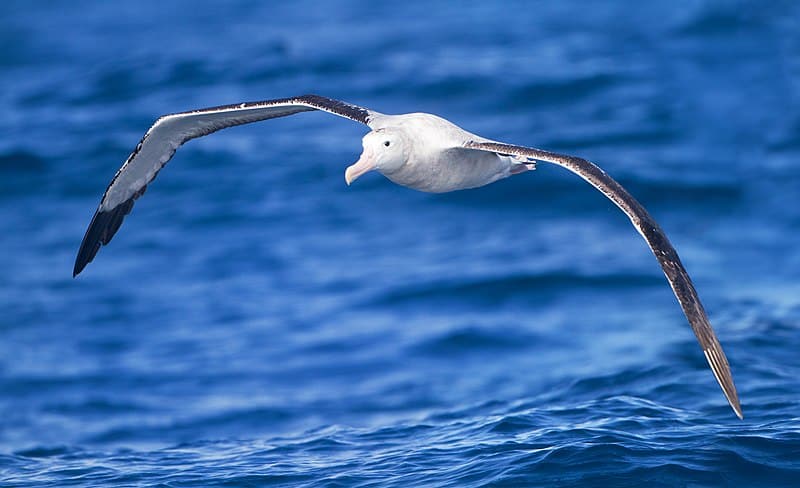









Leave a Reply